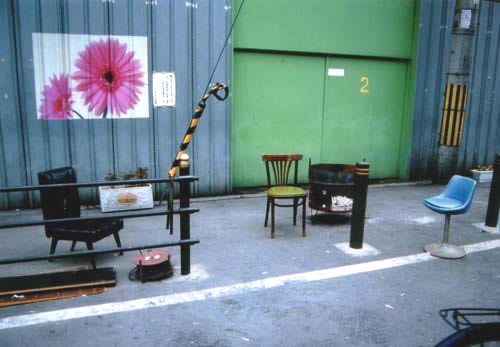 With his Zero Yen House series Kyohei Sakaguchi has been studying the 'vernacular architecture' of self-built homeless shelters in Japan's three largest cities (Tokyo, Osaka and Nagoya) for almost 10 years. He uses photographs, descriptions, architectural drawings and video to explore these structures from the perspective of architecture and sustainable development.
With his Zero Yen House series Kyohei Sakaguchi has been studying the 'vernacular architecture' of self-built homeless shelters in Japan's three largest cities (Tokyo, Osaka and Nagoya) for almost 10 years. He uses photographs, descriptions, architectural drawings and video to explore these structures from the perspective of architecture and sustainable development.
Sakaguchi has made some fascinating finds: a two-storey house with a karaoke system in the basement, a house that is entered through a reappropriated playground slide, a cardboard home on wheels, or a dismantlable solar house made entirely from waste products. In addition to these shelters he also studies how they make use of open urban spaces (see the image above) or how Tokyoites can grow gardens pretty much anywhere. Sakaguchi doesn't seem to be interested in commenting on the problem of homelessness, but rather in showing how these self-made architects' ingenuity can provide us with lessons for the future of urban living. The fact that they are homeless ends up feeling almost entirely incidental.